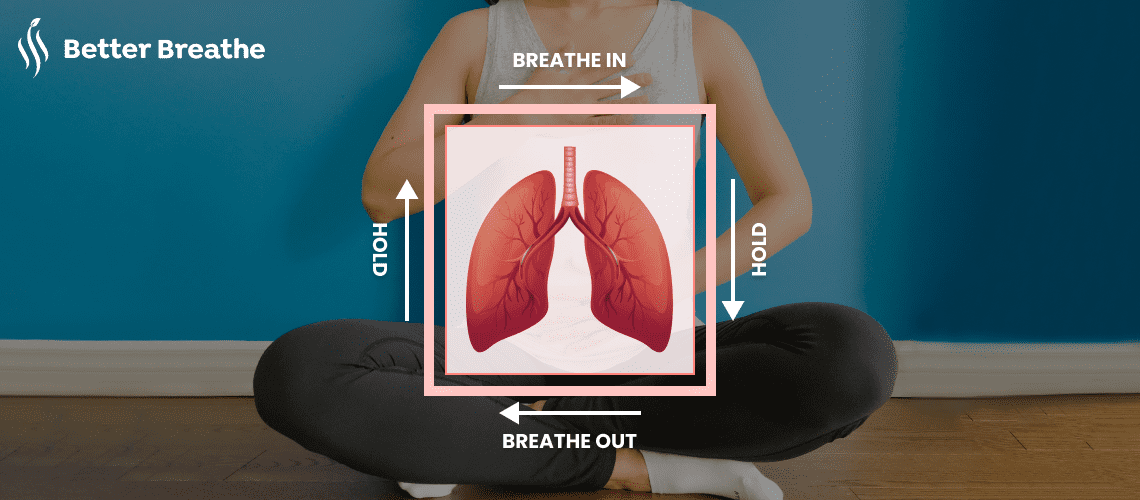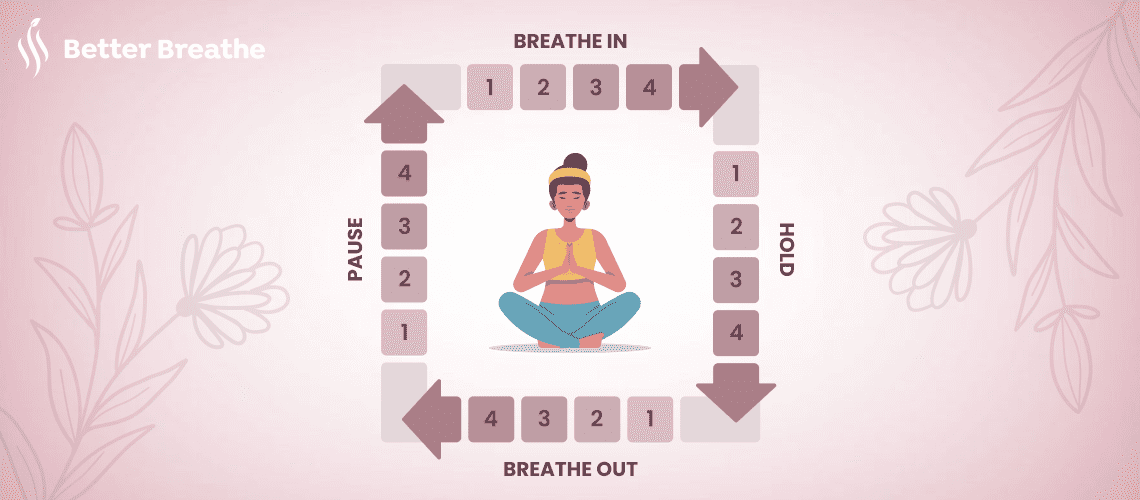
It has been proven that Breath control might be helpful during SEAL training. This one tactic has helped many achieve such great success. At SEALFIT Navy SEAL candidates are trained with this technique.
As a distinct bodily function from others like digestion, Breathing can alternate between being piloted and being left to run on autopilot. It also has an involuntary control mechanism. If you've previously practiced yoga Pranayam, martial arts, or if you're a particular military operator, you likely inherently comprehend the technique for controlling breathing. If not, this technique will provide you with the most direct, immediate advantages in your life.
An ability to regulate breathing during brutal fights as a martial artist subsequently comes in handy when battling in a chaotic environment. You will notice an immediate effect in the form of less stress, a sharper, more attentive Focus, and a Calmer mind when you start the three Breathing Exercises below.

This straightforward Breathing Technique has the power to Reduce Stress, lower your heart rate, and give you Sound Sleep.
The Whole Manual For Breathwork. Use this breathing method to Reduce Tension and promote calmness.
With a long, steady exhalation, this Breathing Method activates the parasympathetic Relaxation and Digestive Systems in the body. In just a few cycles, it will calm you down by reversing your fight-or-flight response. Also, it is an excellent exercise to practice controlling the length of your Inhalations and Exhalations. Before beginning to add holds such as with the Box Breathing Exercise, it is beneficial to practice this.
Would you like to raise your lung capacity threshold? The duration of a complete Breathing Cycle, including any holds, constitutes your respiratory threshold and Energizes your lungs. It depends on several variables, including the strength of your Breathing muscles, the volume of air your lungs can retain, and the effectiveness of gas transfer determined by the power of your heart's cardiac output (heart rate and stroke volume).
The yoga gurus held that the quantity of breaths one takes affects how long one will live. They believed that decreasing your breathing will increase the duration of your life. You should live four times as long at four breaths per minute as opposed to sixteen! It is quite healthy to slow down your breathing, and you will discover this to be the case for yourself as well.
One word of caution: never practice breath-hold exercises by yourself in the water. Although it seems apparent, it's risky.
This breathing technique will increase Breath retention with each inhalation and exhalation. This is the most widely practiced breathing technique because it has such a strong impact after only a short period of practice. The four-sided layout of the exercise is named "Box Breathing". You can do it wherever and anywhere you need to be more engaged in really demanding work. It can be practiced as part of your daily routine before working out, in traffic, while waiting in lines, and wherever else you can. It slows down breathing and deepens attention abilities in addition to developing stronger breathing muscles. Even after five minutes of Box Breathing, your body is profoundly relaxed and your mind is alert and concentrated.

It won't energize you or put you in a drowsy, relaxed condition. But as was already noted, it will sharpen your focus and keep you rooted in reality. You can lengthen the ratio as your breathing threshold increases using numbers like 5-5-5-5 and so forth.
Present-day living and the job are inevitably characterized by acute stress and anxiety. With all this chaos, it seems impossible to focus and be productive. Several stress management techniques are routinely employed to combat stress in high-stress work environments like becoming a US Navy SEAL. These breathing techniques are widely used to focus more clearly, relax, and generally provide clarity.
For Similar other breathing exercises, install Better Breathe. Available at both Google Play Store and iOS.
Note:For pregnant women, it's recommended to consult for a breathing exercise.
Working effectively under extreme pressure and in unpredictable situations is a requirement of the Navy SEALs' duty, which includes gathering intelligence, rescuing hostages, and carrying out high-profile missions. These three quick and easily regulated breathing exercises are practiced by SEALs to maintain their composure and attention and also to calm their Mind. To understand these techniques better, start practicing them daily. The results will surprise you.